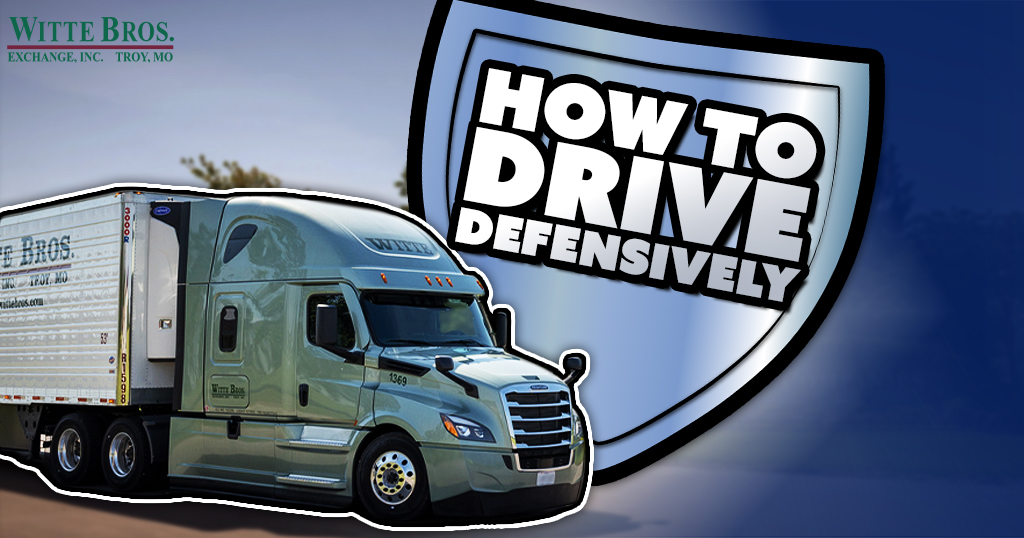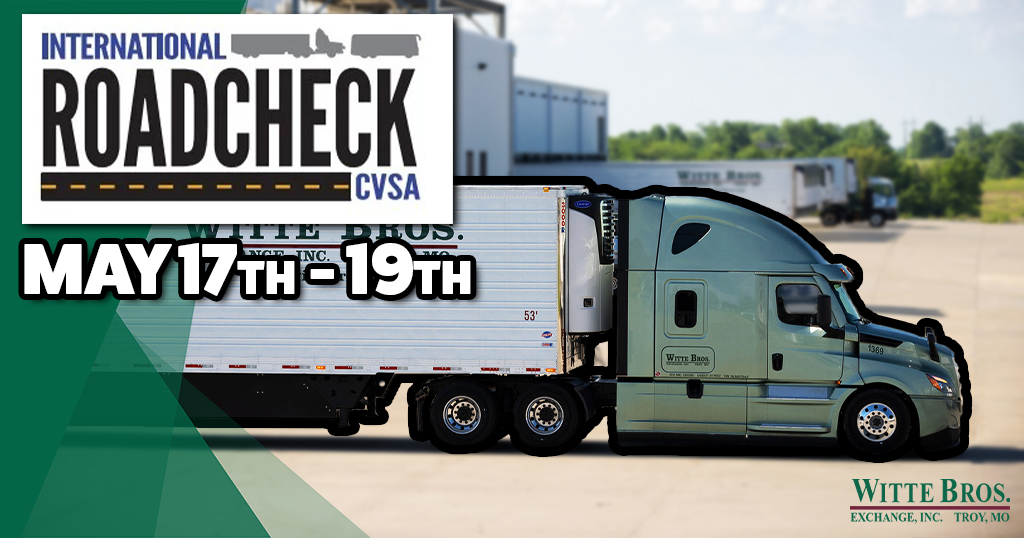Defensive driving is defined by the FMCSA as “a way of operating your vehicle to avoid accidents due to the actions of others.” Defensive driving involves anticipating and being prepared for what other drivers might do and how changing road conditions would affect the way vehicles operate. Defensive driving gives drivers techniques for driving more smoothly, results in less wear and tear on vehicle engines and brakes, less chance of passenger falls, and less product breakage.

Look Further Ahead:
Look 12 to 15 seconds (about a quarter mile on highways and one to two blocks in cities) ahead of you to scan for potential hazards and keep a look out for where threats on the road may occur. The sooner you see something that could be dangerous, the more time you have to make a good decision.
Go The Appropriate Speed:
Adjusting your speed according to your specific conditions is key. Road conditions, visibility, weather, traffic patterns, and whether or not their vehicle is carrying a full load or is empty all determine how fast you should be driving. The ability to maintain safe control of the vehicle should be your guiding principles for determining your speed.
 Good Following Distance:
Good Following Distance:
Having a safe following distance is important for defensive driving. Four seconds of distance is what is needed for commercial trucks traveling up to 40 MPH to come to a complete stop. For every additional 10 MPH of speed, the DOT recommends adding one second of distance. Fully loaded trucks traveling in good road conditions at highway speeds, need a distance of almost two football fields to stop.
Scan Intersections Before Entering:
Make sure to scan your surroundings right after the light turns green. Make sure that before you enter the intersection, you look out for distracted pedestrians and cars that might run a red light or might not stop in time.
 Leave Yourself An Out:
Leave Yourself An Out:
If something were to happen, a defensive driver tries to maintain at least one option to maneuver out of harms way, either to the side of the road or to an empty lane from the hazard. Making a buffer between you and the vehicle in front of you, as well to the left and right of you, is a good example of leaving yourself an out.
Stay Alert:
Stay focused on driving. Look at the other drivers on the road, and know your buffer in relationship to those drivers. Look for their driving patterns and see whether or not you can predict what they will do next.
Being a defensive driver will help to keep you and others around you on the road safe! For more safe driving tips you can read our blog on how to avoid distracted driving here.




